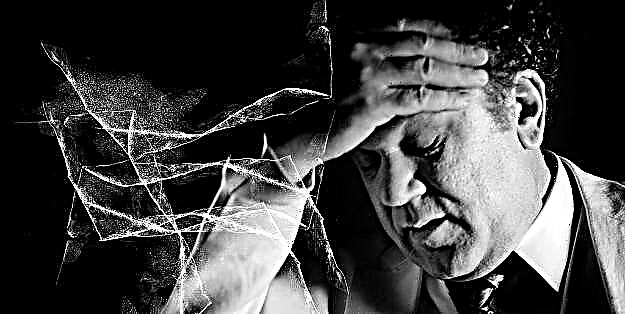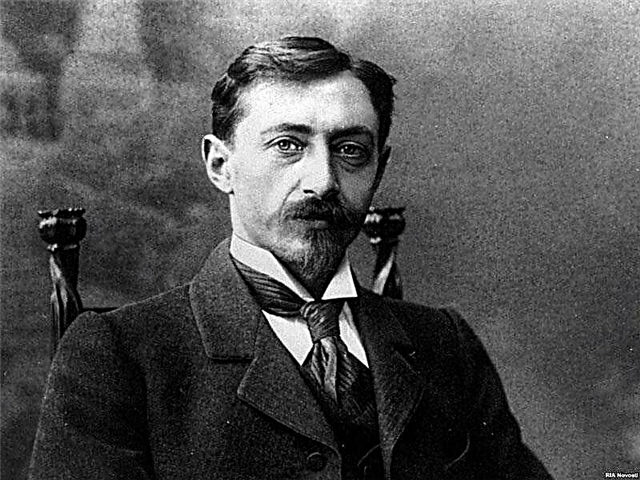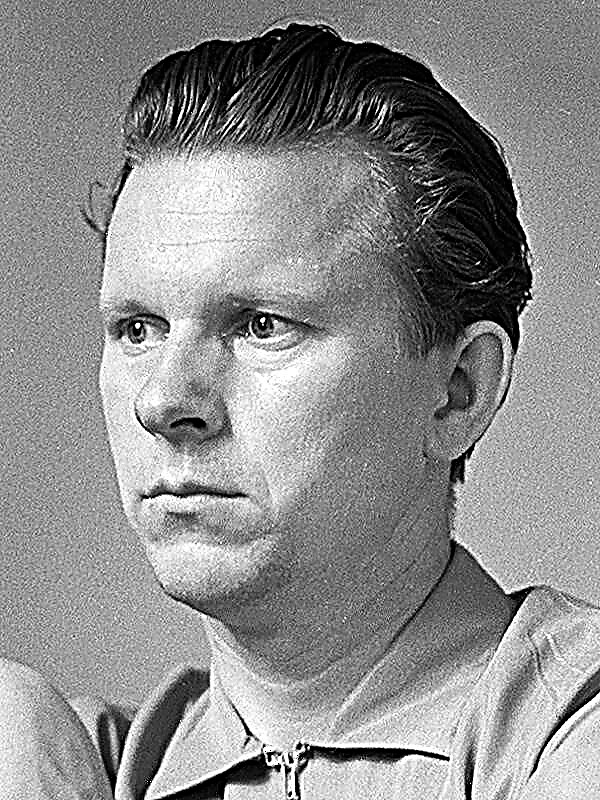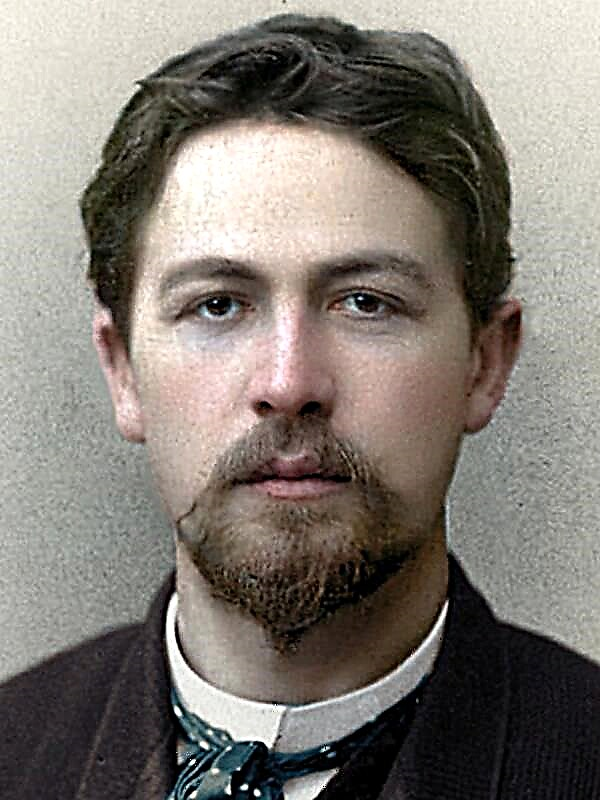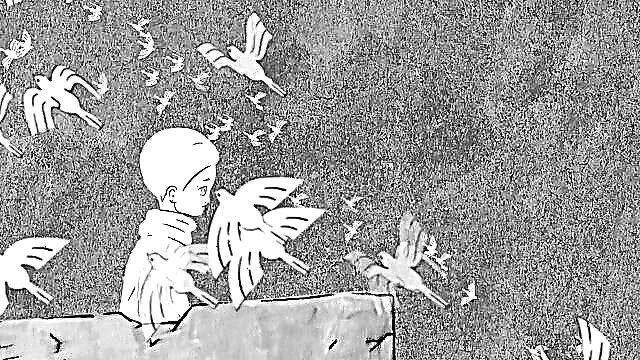Lermontov wrote a lot about alienation and longing, urban boredom and loneliness. More than once the writer associated himself with the lyrical hero. As in the poem "Dream", the poet rather writes to himself, as he feels some strange excitement and anxiety.
History of creation
M. Lermontov, being the second time in exile, worked on the poem "Dream" - this is 1841. When the poet wrote his works, the people around him noticed that Lermontov’s phrases and words were prophetic, but the writer did not pay attention to this.
A mystical story happened with the poem "Dream", many people associate it with the speedy death of Lermontov. The poet died in the same year, and as if he prophesied his own death. No one could have thought that Martynov, a friend of Mikhail Yuryevich, would not give up a duel and would bring his intention to the end, killing a friend for slander.
Genre, direction and size
“Dream” refers to love and philosophical lyrics, as the author speaks not only about his feelings, but also about eternal problems: life and death, the secrets of being, the existence of the afterlife and destiny, etc.
Lermontov uses a fairly common and simple size of writing - iamb. To color and give some words an accent, the poet alternates female and male rhymes and uses a cross rhyme.
Images and Symbols
The lyrical hero tells a dream where he sees himself from the side already dead. He lies in a hot desert, in the valley of Dagestan. Losing consciousness, he plunges into mirages: feast, evening, darling. At this ball, which glows with lights, young girls talk about the lyrical hero. But one lady thinks about her and does not conduct a conversation with them. The heroine also has a dream: the desert, the valley of Dagestan and the lyrical hero. He was already dead, a smoking wound in his chest. Separated by distance, young people found themselves nearby in the last hour of his life. Unfortunately, this hour of intimacy only shows them the whole tragedy of the situation. Together with his life, he loses his beloved, she loses it. Both in a dream see what they want - each other. There are important symbols in this mystical sketch that create the mood of the poem.
- The sun - This is a symbol of life that leaves the hero, but at the same time remains after him. He has already died, and the rays continue their creative work and generously scatter gold in the valleys. From his death, nothing has changed in the world, and from the realization that this sacrifice is unnecessary, the reader begins to feel sad.
- Chest lead - the bullet that killed the hero. The metal is associated with the grave cold, which has already touched the blood of the deceased. So a drop of life leaves him, carried away with a well-aimed shot.
- Cliffs and deserts - a sad look, inspiring melancholy. This lonely place contrasts with the bustle of the city and the ball, where people are cheerful and careless. This contrast delineates the gap between the poet and society. He feels himself a scorched desert, thinks about death, and his entourage carelessly has fun away from him, and only one soul lives in unison with the hero - his chosen one.
Themes and mood
- Lermontov continues his theme of loneliness: a lyrical hero, estranged from society, from the world, alone leaves his native land with his head held high, without turning back. And only his soul experiences homesickness, according to an understanding that was possible with only one girl.
- Death - The main theme of the poem. The poet accepts it alone, putting everything in its place: one he came to this world, one he leaves him. The author prophesied himself a violent death, because he served in a hot spot and risked himself every day. Apparently, he does not regret anything, leaving so early, he is only vaguely alarmed by the pain that the girl is experiencing, who, perhaps, is still waiting for him.
- Love. It appears in the form of the spiritual closeness of people, which connects them even at a distance. Passion acquires a mysterious magical power and puts the girl into a dream, where providence shows her the fate of her lover.
- Nature frames the death of the lyrical hero, becomes a bright and very revealing decoration. In sharp rocks, dry sand, we see the asceticism and sterility of the landscape, which involuntarily betray the character of the poet himself. In his soul during his lifetime there were the same scorched and homeless lands.
- Mood the poem is sad, sad. The reader can only regret the loss and sympathize with the girl who can’t wait for the hero, does not even know where to honor his memory. He will forever remain a hostage to his inner desert, never letting love into her.
Main idea
M. Lermontov depicted a spiritual connection between people, which is realized at the subconscious level. Through sleep, lovers understand that they can no longer see this world. The main idea of the author is to show that love conquers death, rises above reality and finds a way to be embodied, even in a dream. The lyrical hero did not have time to connect with his soul mate during his life, he dies alone and incomprehensible, but the spiritual closeness with a woman who thinks of him at the ball goes beyond reality, leaving the heroine last farewell greetings.
The meaning of these lines is the affirmation of a romantic ideal, because poets in the era of romanticism dreamed of an ideal world in which one can only languish, for the ideal is unattainable. Sleep is the embodiment of this eternal dream of harmony and happiness. In it, lovers forever connected by invisible bonds.
Means of artistic expression
The poem is filled with means of artistic expression. They convey all the loneliness of the lyrical hero, and the excitement of his soul.
Epithets: “half-day heat”, “yellow peaks”, “sad dream”, “cold stream”.
At the same time, some metaphors used by the author inspire fear and sadness: “A deep wound was still smoking”, “And her young soul / God knows what she was immersed in a sad dream,” “The ledges of the rocks crowded around.”


